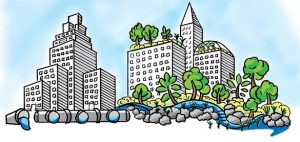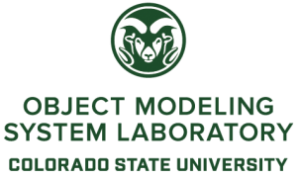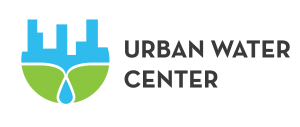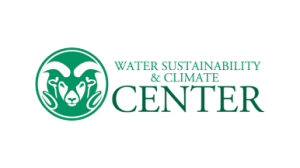
CLEAN Water Pollution Control Center
The CLEAN Center brings together contributors in nutrient management sectors to assess sustainable solutions for the reduction nutrient pollution.
A primary function of the Institute is to provide resources and opportunities to anyone advancing important facets of sustainable water resources and linked systems. We focus on supporting scalable solutions by providing technology and expertise.
We routinely receive recognition as leaders in water sustainability through our national research centers. Learn more about our various research centers and endeavors below.

The CLEAN Center brings together contributors in nutrient management sectors to assess sustainable solutions for the reduction nutrient pollution.

The Colorado Stormwater Center seeks to advance stormwater management across Colorado by conducting practical research and providing education and training opportunities.

The Network enhances decision making to improve Colorado’s water quality future by linking technology and expertise with governmental agencies, researchers and stakeholders.

The Center has developed a tool that evaluates the costs associated with planning, designing, acquiring, constructing, operating, maintaining, renewing, and replacing stormwater infrastructure.

The Interdisciplinary Training, Education and Research in Food-Energy-Water Systems (InTERFEWS) Program brings together PhD students from traditionally disparate disciplines to conduct research on key problems in the FEW nexus with a focus on water-scarce, arid regions.

OMSLab was established to support software and modeling technology transfer from research to governmental agencies, private sector collaborators, and non-profit organizations.

The Urban Water Center fosters sustainable design of urban water systems through water efficiency and resource recovery to assure a healthy and secure water future for communities globally.

The WSC Center enhances our capacity to identify water management solutions to meet the increasing demand for water under changing climate and land use trajectories.